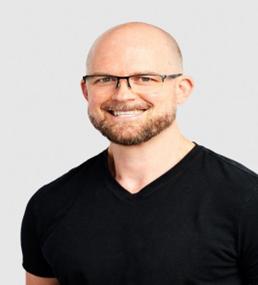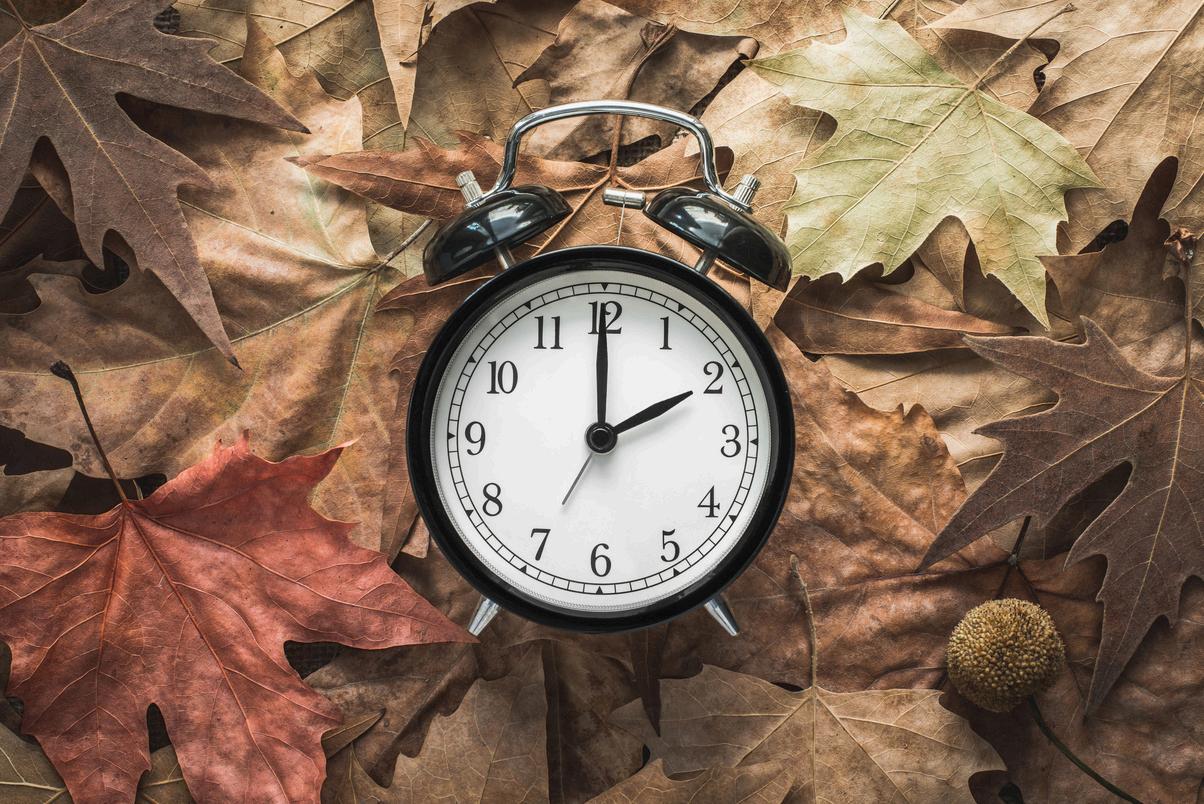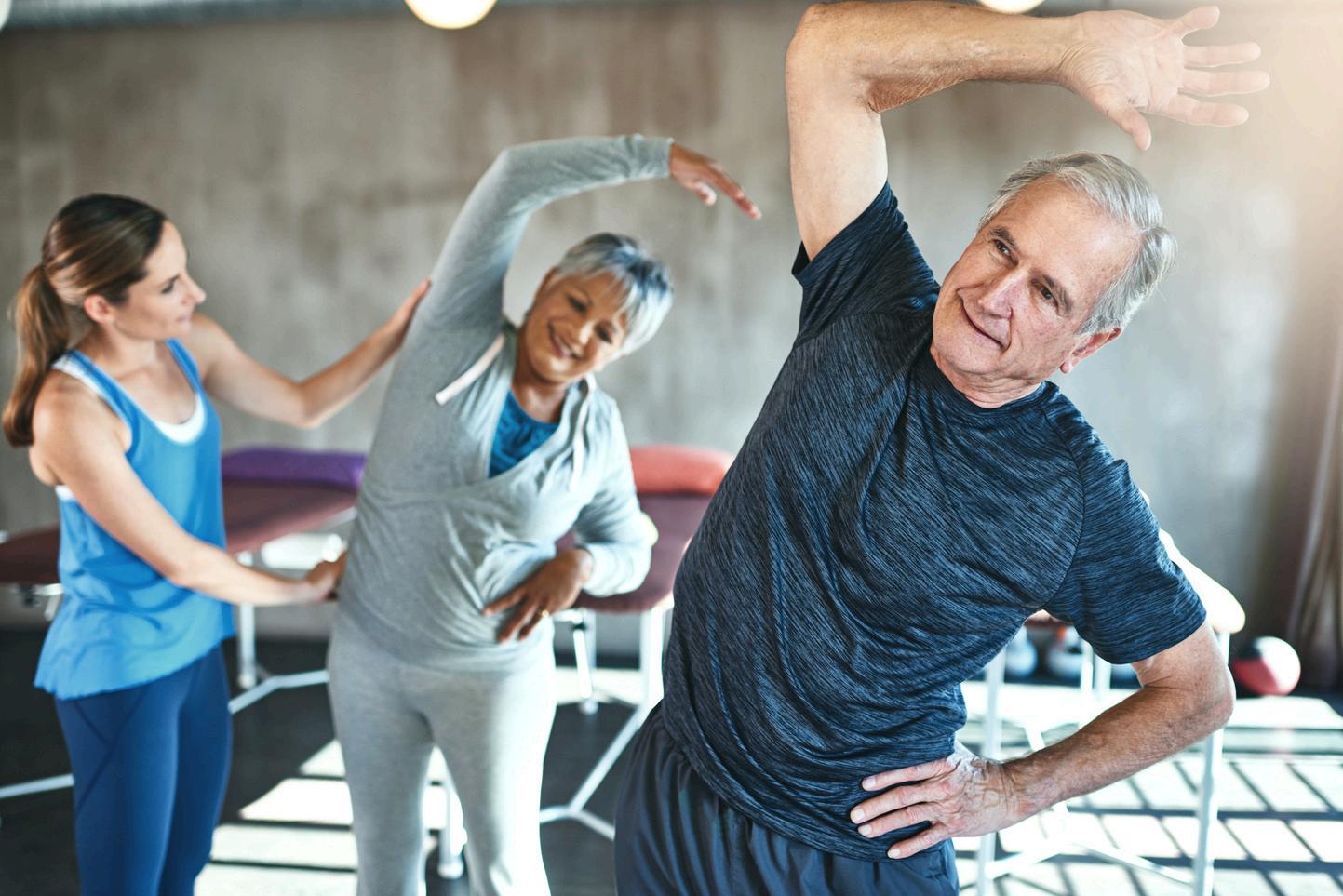
5 minute read
Some targeted training tips for elevating overall well-being
from E3 Advocacy Issue 5
by healcanada
by Kyle Bryon, Nutrition Coach, BSC
Aging presents its challenges but also an opportunity to discover new strengths and adapt in remarkable ways. While walking is a modest option compared to more intense activities, it's a powerful tool for maintaining health and well-being. Many people find it an excellent and effective way to stay active and connected to their bodies. It's all about finding what works for youandembracingthejourneywithoptimismandresilience.
Walking
Walking is suitable for spinal health, but Pilates is much better. It also improves strength, flexibility, and coordination and burns more calories.
Walking is decent for mental health (but higher heart rate activities are better, like dancing, which is also better at suppressing dementia because of the coordination and socialization).
Walking does very little to help lose excess weight, and it does almost nothing for bone or muscle mass – two of our most vulnerable and cherished assets.
Walking is a valuable option for staying active, especially when other forms of exercise are not feasible due to injuries or limitations.
Sarcopenia
This word should scare you. It's the natural degradation of our muscle tissue with age. It starts in our mid-thirties and accelerates each year. That said, we can take an 80-year-old who has never lifted weights, get them lifting weights, and feed them a proper nutrition plan; they will gainmuscle(andbonemass).
But most people aren't lifting or eating well enough. Most folks are wasting away, strolling on walking paths. One slip on some ice or the corner of a rug could be the end of not just our sporting life but life itself. Being strong prevents falls, and having hard bones helps us survive if we do fall. The average rate of lean tissue loss is 8% per decade. For a subjective indicator, compareyournecktophotosofyour30sand50s.
Lifting weights 3-5 times a week and eating enough protein will slow or reverse sarcopenia, slow or reverse bone loss, and improve telomere length, which is one of the things we look at regardingbiologicalage.
The problem is that people need to learn how to lift weights. But nowadays, there are plenty of personal trainers around to help, and they/we are more informed than ever. Arnold Schwarzenegger had a dream in the 1960s that there would be more gyms than grocery stores. People said he was crazy, but it happened. Often, physiotherapists make great trainers, too. ThePelotonapphaswonderfulexercisevideosforbeginners.
You don't need equipment. Side planks, push-ups, and various squats can all be extremely effective if done properly and at intensity. Resistance bands are inexpensive and can be taken to parks or forests for anchor points. There isn't an excuse anymore not to perform resistance training.
Some targeted training tips for elevating overall well-being (con`t)
ProteinIntake
Despite all the existing science and protein powder, very few people eat enough protein. A low protein intake accelerates sarcopenia and bone loss. There are outdated fears about kidney health (extra protein is safe). The bulky tissue on our bodies is fat, while the muscle is very dense and small. In the elderly, dental or digestive issues can limit a person's protein intake, but that'swhatnutritioncoachesarefor.

Getting enough protein involves eating ½ to 1 fist of protein at each meal and snack. The advanced answer is getting 1.8 g of protein per Kg of your ideal weight. This means a person who is about 20 lbs. overweight would remove that weight before running this calculation. I'm 185 lbs. and in decent shape. I, therefore, aim for about 140 g of protein per day, minimum. I usually need proteinpowdertohitthisgoal,butthat'sokay.
Lifting weights without enough protein will fail to produce the adaptation that the exercise has cued.
BoneMass
Resistance training and proper nutrition will increase bone mass, even for those 50 and over. My mom improved her bone mass from age 60 to 65 thanks to eating more protein and doing resistance training. Having a few servings of dairy or fortified dairy-free products gets you part of thewaythere.
You should add about 200 mg of calcium, a multivitamin, and vitamin D, about 1000-2000 IU, to this protocol. Those are general guidelines, and I can make a specific recommendation based on age, weight, diet, etc. I support taking a Vitamin D supplement, as many Canadians are deficient andwonderwhytheyaresad,sick,andtired.
Growing older undoubtedly brings its share of challenges, but it also offers a remarkable opportunity to embrace new possibilities and embark on exciting adventures. Consider the inspiring individuals I know: women in their 60s who excel in dragon boat racing and perform impressive pull-ups, and men in their 80s who can effortlessly complete 40 push-ups in a single set. Their stories highlight how age can be transcended through commitment and community. By surrounding themselves with supportive fitness networks, they've demonstrated that age is merelyanumber,andwithencouragementandinspiration,one'spotentialremainsboundless.
You’re never alone on this journey—an entire network of support and camaraderie awaits, ready tohelpyouflourishifyou’reopentoit!

Kyle Bryon, Nutrition Coach, BSC
Kyle has been doing nutrition coaching and personal training for over 15 years. He helps everyday people and athletes eat better so they can transform their health, bodies, and lives. Kyle also works with children and families.
kyle@kylebyronnutrition.com 4164599956 https://kylebyronnutrition.com/ Located at: 30 Wellington St W, 5th Floor, Toronto
Falling Back? Tips to Get Back Up!
reprinted with permission from Your Therapy.
The end of daylight savings time will occur on Sunday, November 3rd. This means clocks will be set back an hour, and a collective disorientation will ensue. While some celebrate the extra hour of sleep, many dread the seemingly archaic concept of time change. Either way, we can all use somehelpfultipsonhowtogetbackupwhenthefall-backtimechangeknocksusoffbalance.
So why does a change in a measly hour disorient us so much? Well, we may not use it to tell time, but we still take cues from the sun. For instance, the sun impacts our sense of tiredness, falling asleep and waking up. With time change in play, this communication results in sleep disruptions and triggers the effects of poor rest, such as decreased focus and performance at school and work. Additionally, decreased daily sun exposure increases our chances of mood changes and riskofseasonalaffectivedisorder(SAD).
Now that you’re aware of the potential effects on sleep and mood let’s explore some good mood-enhancing routines as you prepare to overcome the time change and darker months ahead.





Ease into the change! Go to bed 15-30mins earlier on the days leading up to the time change. This will give you a longer transition time before the weekday routine begins. Getting a consistent sleep routine from the start will also boost yourmood.Startbygettingtobedandwakingupatthesametimeeveryday.
Get regular daylight: With the sun setting earlier, you may quickly be left in the dark after school or work. Plan to increase your exposure to daylight by getting outside in the morning or during lunchtime. Is outside not an option? Try using a lighttherapyboxwhichemitsatypeofartificiallightthatmimicsoutdoorlight. Get into Motion: Get up and move regularly to help with better sleep. Why not take a walk outside for some natural sunlight exposure to help boost your mood and energy? Just remember to avoid working out too late, as all that energy can keepyouupifit’sclosetobedtime.
Eat Right Feel Bright: Being mindful of maintaining good, regular nutrition can help with sleep and mood. In the evening, notice what takes longer to digest and keeps you awake at night. This may mean passing on that late-night glass of wine orlate-afternooncoffeetogetalltheZsatbedtime.
Turn Off and Turn Down! Darker nights may mean longer evenings spent bingewatching shows and scrolling social media. Screen management is a must when it comes to maintaining quality sleep and a good mood. Remember to reduce screen time by 1- 2 hours before bedtime, especially if it’s a device that emits bluelight.Remembertoturnitofftobeginturningdown!
This article has been reprinted with permission from Your Therapy. We appreciate their authorization to share this valuable content with our readers.
Your Therapy is a safe, welcoming counselling practice in the Greater Toronto Area that offers individual, couple, and family therapy, as well as depression therapy, anxiety therapy, and more. Please visit them at the website YourTherapy.ca or reach them at reception@yourtherapy.ca









